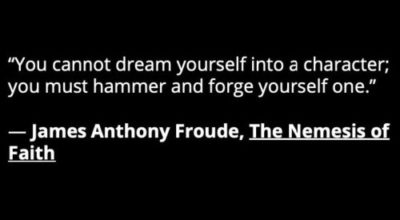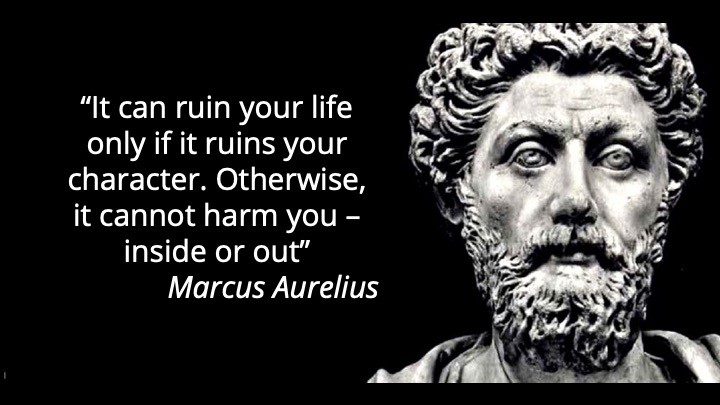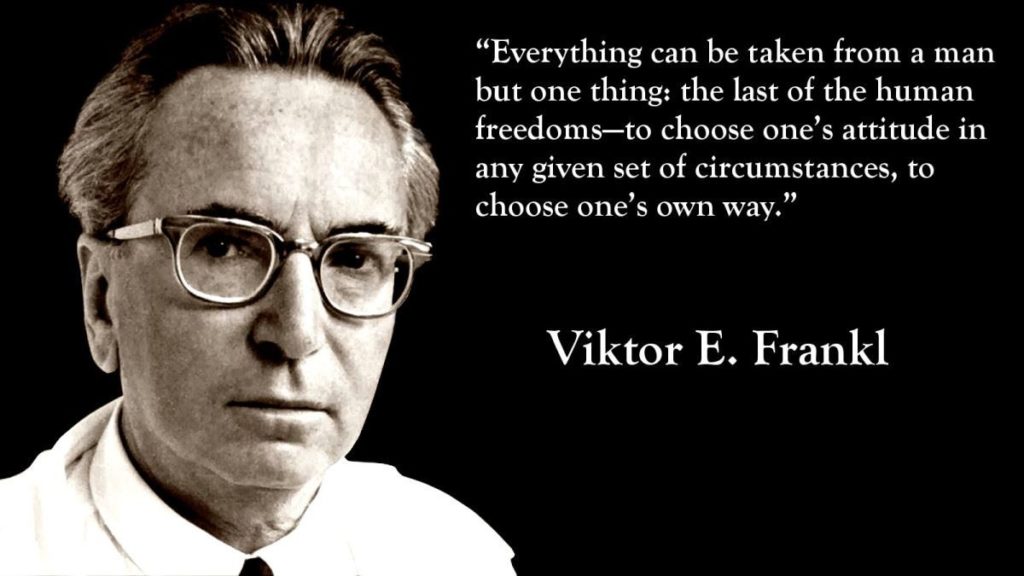In the extraordinary circumstances of today’s world, we are being bombarded by a myriad of contradictory information, while watching the devastating effects on businesses and people we value. While all this is going on, we also need to deal with the effect this has on us as individuals and leaders, build a coherent narrative, and take action. Different people will be affected by different emotions. They might arrive at diverse conclusions and recommendations on how to move forward. How do we deal with the polarities at play amid COVID-19? What is the best way forward when fear and anxiety are the dominant emotions?
Polarities at play
Organizational learning researchers, Chris Argyris and Donald Shon, found that when managers were asked how they behaved with their teams, they responded according to the “Mutual Learning Model.” They spoke about values such as collaboration, humility, curiosity, and learning. However, when Argyris and Shon observed these same managers in action, they saw them behave very differently. Their management style was more aligned with the “Unilateral Control Model.” They consistently tried to beat their counterparts, get their own way, and control others. They didn’t admit their own mistakes and instead, would blame others. For too long, traditional education has valued knowing over learning, certainty over uncertainty, having the right answer over asking questions, and assertiveness over curiosity and tentative exploration. No wonder the managers behaved as they did.
At the same time, the managers couldn’t openly act in this way, it would be completely unacceptable. Therefore, they would act like they were not trying to control others and were more consistent with the Mutual Learning Model. When this duplicitousness takes over, organizations (and their people) go crazy.
Some examples of the current polarities at play amid COVID-19 are:
- Pay attention to the health of our people, but go back into full production right away.
- Assure people not to worry and do their jobs, but worry about the future and the new normal.
- Tell the truth, but don’t bring bad news.
- Take risks in an uncertain context, but don’t fail.
- Beat everybody else, but make it look as if nobody lost.
- Be creative, but always follow the rules.
- Promise only what you can commit to deliver, but never say “no” to your boss’s requests.
- Ask questions, but never admit ignorance.
- Think long-term, but deliver on your immediate KPIs.
- Most important of all, follow all these rules, but act as if none of them exist.
The inability to discuss apparent contradictions, and furthermore, the inability to discuss that they are “undiscussable” such as the last rule states, create what Argyris and Shon describe as “organizational schizophrenia.”
There is no silver bullet to deal with these contradictions. What I am about to say may sound naïve. However, we have tried it over and over with hundreds of executives across different geographies with excellent results.
The way to deal with undiscussables is… to make them discussable
The first step is, with empathy and compassion, to help people become aware that there is a contradiction at play. Even before attempting to solve it, we need to acknowledge the apparent polarity. Once “we have a contradiction,” rather than “the contradiction has us,” we can engage in conscious conversations.
Contradictions happen in organizations all the time. Different people look at a set of data and make their own interpretations based on their personal history, past experiences, what is important to him or her, their intentions and more. They create a narrative that might blatantly contradict the narrative of others. Sometimes those others are influential people, colleagues with more authority than them.
Let me illustrate this with a practical example:
One observable fact: John, the leader of the team, doesn’t speak at all during his team’s meeting with other areas.
Different stories for different people: In Sam’s mind, Sr. VP of Marketing, a leader should voice his opinions, be assertive, and offer guidance to his team. Sam concludes that John has poor leadership skills and will not recommend John for the available senior position in Marketing.
On the other hand, Peter, Sr. VP of Sales, believes that a leader should be measured by how well his team performs. A great leader, Peter believes, is one who makes his people say, “we did it ourselves.” John’s team performed outstandingly during the meeting. They had great ideas and made practical recommendations. In Peter’s mind, this speaks very highly of John, their leader. Peter concludes that John should be offered the available senior position in Marketing right away.
One set of facts, completely different stories, opposite conclusions and recommendations.
The way to have a constructive conversation on the matter is for Sam and Peter to understand how the other has built the story, how the observable facts turn into interpretations, and how these combine with values to give birth to their opinions. They can acknowledge that they both create different stories and value different things.
I can’t promise that they will solve their problem. What I can assert is that they will have a very different conversation about John’s performance.
Applying this process in VUCA reloaded
If you were able to ask openly, from a place of humility and curiosity, questions like, “how do you expect me to be creative AND always follow the rules?” you might discover what your boss really wants. For instance, perhaps what she really wants is that you don’t put your division in an unrecoverable risk position, should your project fail. By having this open conversation, you will learn how this is not a contradiction to her and that both can be accomplished.
To survive and thrive, you have to be able to put the polarities and tensions created by this hyper volatile context on the table. Talk about them with the mindset of the learner; understand how everything can be true at the same time. You can do so by looking through the lenses of creativity, interdependence, and “yes, and” ways of thinking. Doing so may help you to discover options that, from a place of “either-or,” had looked utterly impossible to integrate. You are making once “undiscussable” topics “discussable.” While it’s easy to say, it’s not so easy to do. But it must be done if you wish to create a more conscious organization that can effectively deal with Covid-19 and the emerging challenges of the new normal.


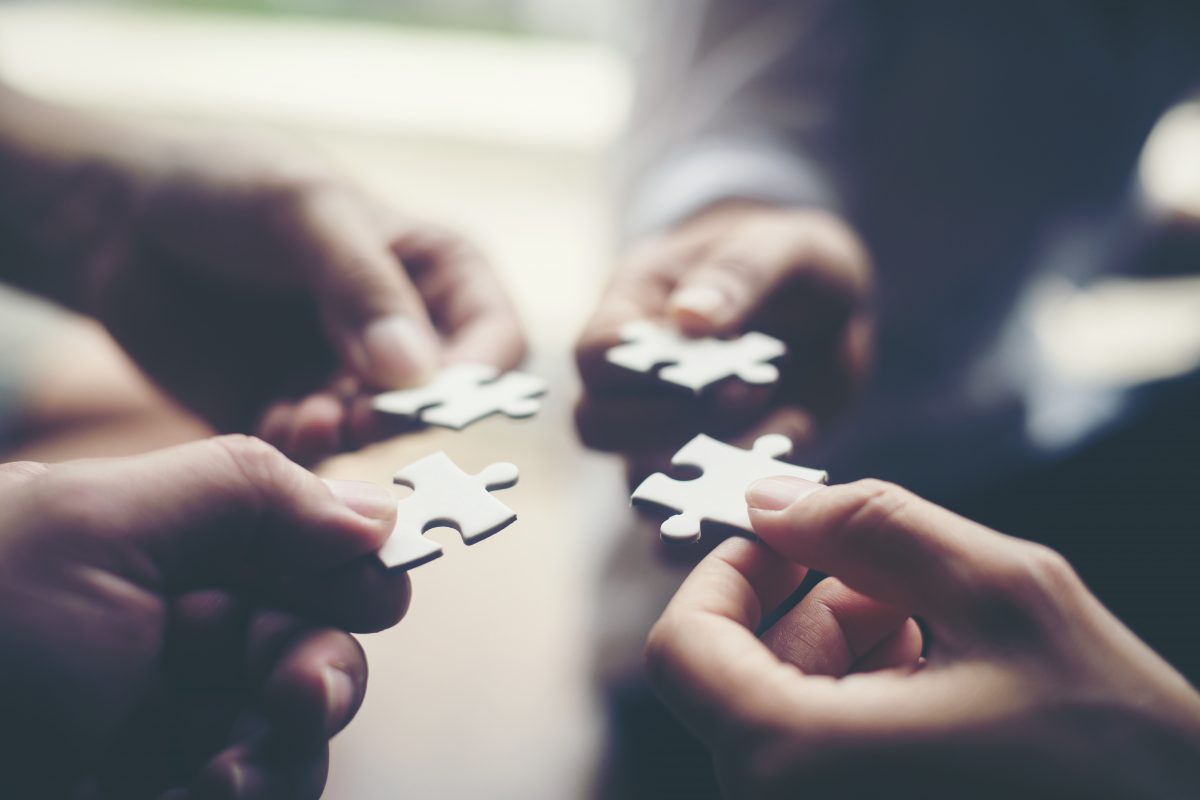


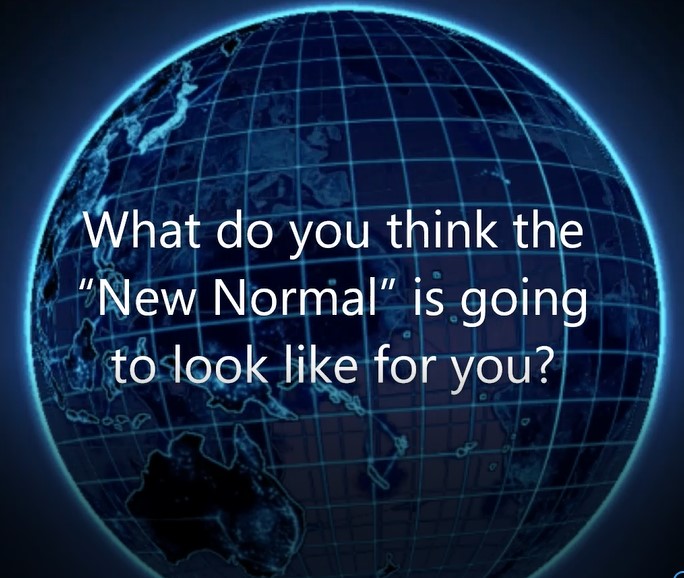
 Axialent
Axialent
 Moreover, d
Moreover, d